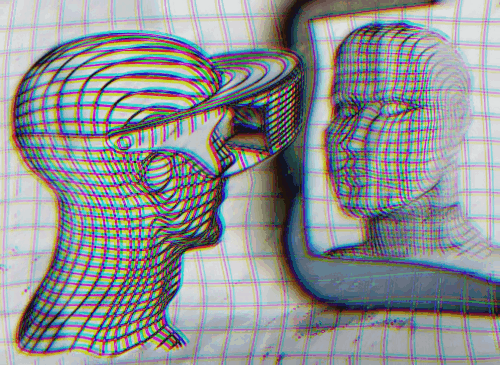ScareWareWhat is it?
Scareware uses a form of manipulation to convince users
to buy or download useless, or even malicious software, for
example a fake “security” software.
|
 |
|---|
 |
Danger:Scareware criminals frequently make their tools look official and believable. And so that you don’t think twice about its legitimacy, they ask you to act very fast. |  |
|---|
What does a Scareware attack look like?You can be told to click on a button to stop the unwanted event from happening. Even the button to close the popup window is a potential source of virus’ entry. Once you click a button it triggers a download of malicious software Similarly to the previous situation, any button you click within the message can be a potential trigger for downloading malicious software. The criminals can use legitimate-looking websites where you get redirected to a web destination that looks professional and real. They ask you to enter your bank details to pay for the “anti-virus” software, thus obtaining all the information they need. |  |
 |
|---|
 |
How to detect a ScareWare?Pay attention to when an unexpected window appears on your computer while you’re working. It is going to urge you to provide extremely sensitive information as fast as possible, as opposed to legitimate software providing useful information and nor threatening you. Types of scareware: |
 |
|---|
Scare Ware |
Arina Shteyn |
|
|---|